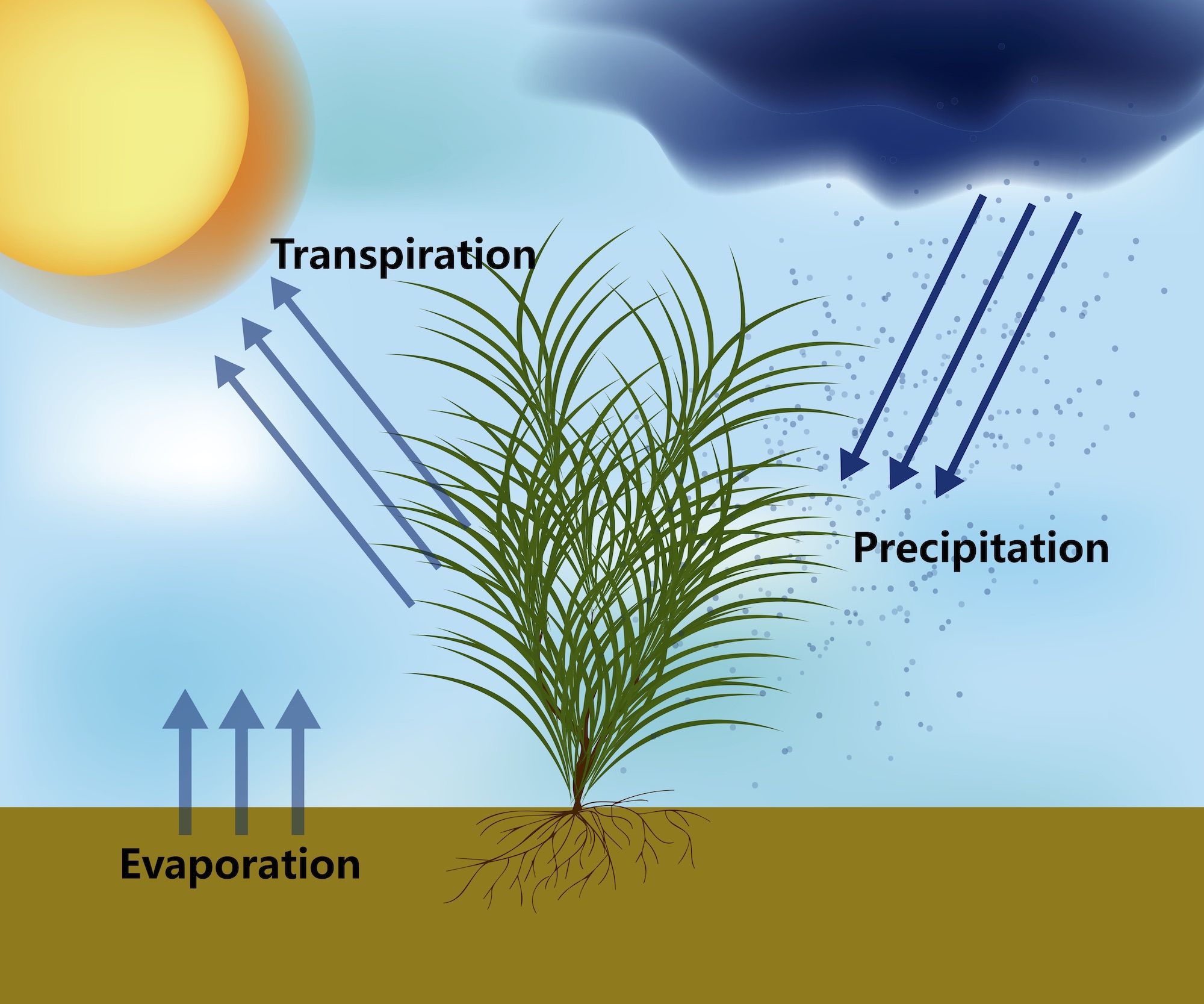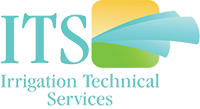Blog/insights
What is ET?
When asked, most people refer to the 1982 hit movie by Steven Spielberg.
In the irrigation world, ET is a vastly different answer.
ET is an abbreviation for evapotranspiration. Evapotranspiration combines two scientific words – evaporation and transpiration. Evaporation plus transpiration equals evapotranspiration (ET).
Quite simply, evapotranspiration is the loss of moisture in the landscape caused by evaporation from the soil and transpiration of moisture from plant leaves. Studies have found that transpiration accounts for roughly 10% of the moisture in the atmosphere. The other 90% or so comes from bodies of water such as oceans, lakes, rivers, and streams.
With each breath we take we release water vapor. A plant does the same, but the term transpiration is used. A plant’s root system will draw water and nutrients from the soil up to its stems and leaves. From there, the plants transpire some of this water into the atmosphere. During dry periods or drought-like conditions, transpiration can contribute to the loss of water in the upper root zone. This can have a huge, negative effect on the plant.
Transpiration is not a process you can visibly see. Remember, water is transpiring from the leaf. To put this in some perspective, a large oak tree can transpire 40,000 gallons of water per year or 110 gallons per day!
ET is affected by the length of the daylight hours (solar), temperature, wind, and humidity. ET is usually expressed in inches or fractions of inches of water loss per day, week, or month.
ET rates go up as the temperature rises, especially during the growing season. When humidity rises around a plant the transpiration rate falls because it is easier for a plant to transpire into drier air. Increased movement of air (wind) will blow the saturated (wet) air away from the plant and this air is replaced by drier air.

Two other factors for plant transpiration are the moisture in the soil itself and the type of plant. When moisture in the soil is lacking the plants could begin to lose leaves, therefore transpiring less water into the atmosphere. Different plants transpire water at different rates. A cactus is vastly different than a Schefflera.
Soil conditions are very important to ET. The top layer of soil is where you have a majority of a plant’s roots, sometimes, up to 75%. There is moisture there for the plant’s taking under normal conditions but it’s likely not totally saturated. When it rains or there is an irrigation event, water will infiltrate this top layer. When there is no precipitation this layer will dry out.
Think about ET this way, in the Tampa Bay area, ET is relatively low during the cooler months, running at a rate of .10 or so. When we are knee deep in the Florida summer heat, ET can run between .25 through .30. Another way to look at it is plant and sod growth itself. I know I mow my grass about every 2-3 weeks between December and March whereas the remaining months of the year it’s at least once per week, sometimes every 4-5 days. What does this mean? Well, during the growing/hot season ET will be substantially higher.
Generally speaking, whatever water is lost to ET is the amount that should be replaced by rainfall and or irrigation. That’s why keeping track of this amount is the single most important factor to consider in scheduling your irrigation. It allows you to replace only the water that is lost. Apply water beyond ET and you waste it, either through evaporation, runoff, or percolation through the soil. Measuring ET is very similar to measuring rainfall, except where rainfall is a water gain, ET is a water loss.
As stated above, ET is affected by a number of factors and a weather station is a device that measures these factors with very high accuracy. It then communicates this information back to the entire network of irrigation controllers, which then adjusts the irrigation.
Having your own on-site weather station would be the most accurate because it would be providing information directly for you, as opposed to an off-site station that may be in a different microclimate and may require adjustments.
If we can accurately determine how much water has entered and left plants and the surrounding soil, we can determine how much water to replenish the landscape at any point in time. For instance, say you are set to run your irrigation on Mondays and Thursdays. There is no rain. Weather station shows ET data as –
Tuesday – .21
Wednesday – .22
When you irrigate on Thursday your goal is to water .43 inches. You want to replenish what was lost through ET.
Do you currently use ET at your property? If so, how do you use ET to benefit your property? If not, is ET something you want to introduce into your irrigation water management? If so, please ask yourself these questions –
- Where will you pull necessary ET data?
- Do you have a weather station or do you want to purchase a weather station?
- Do you have the proper irrigation controller?
- How will you monitor ET and adjust your irrigation controller?
ET-based irrigation programming allows irrigation managers to increase the efficiency of irrigation based on plant water requirements. In the end, this will lead to optimum irrigation water use.


